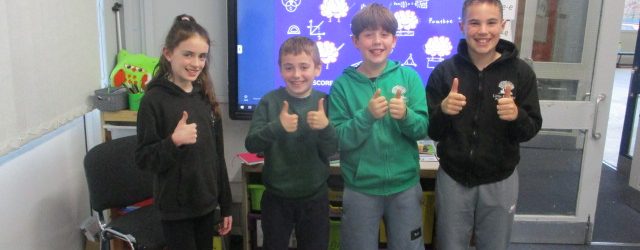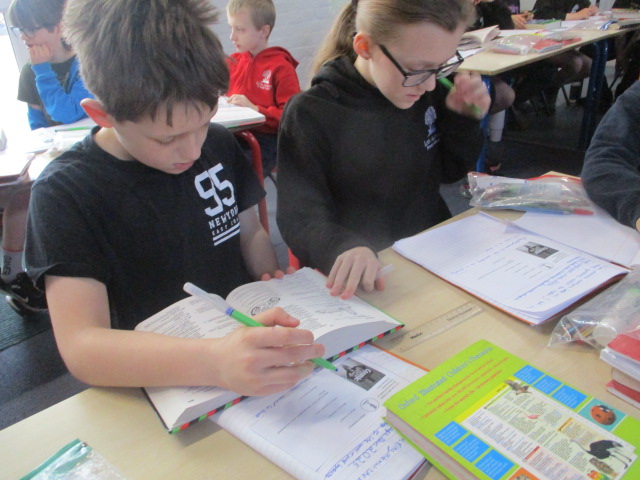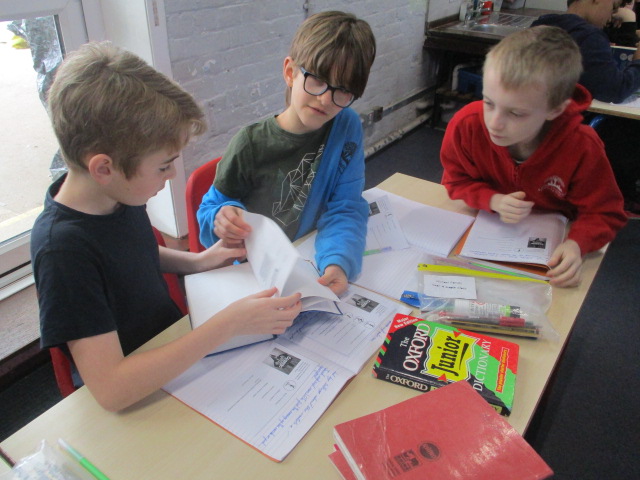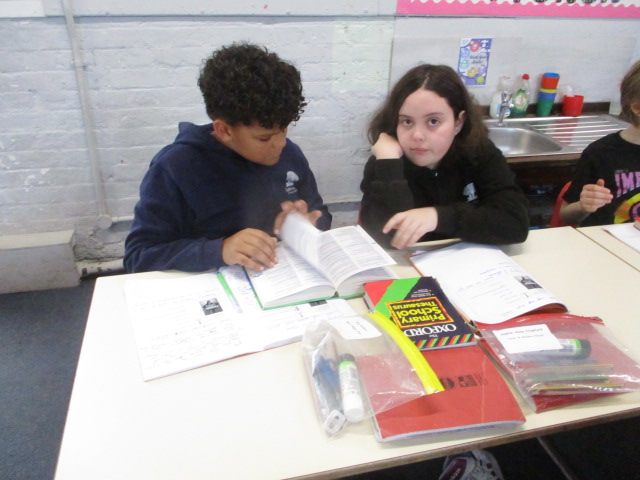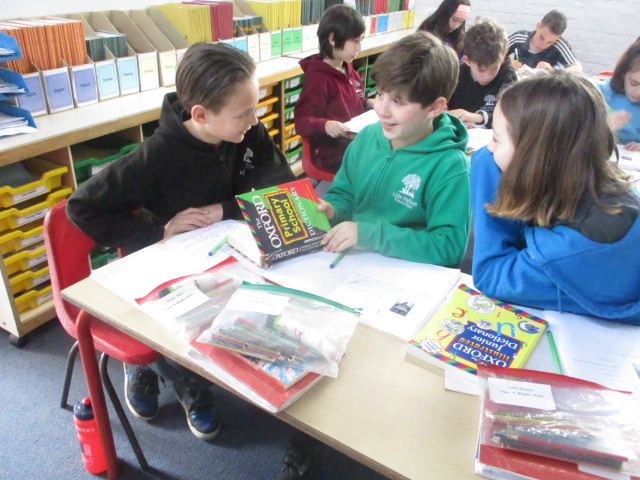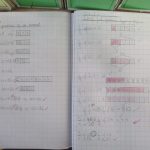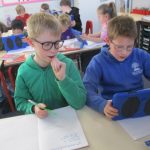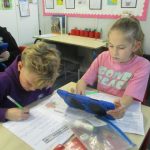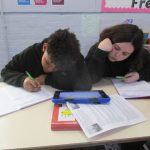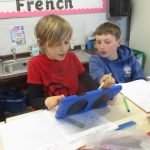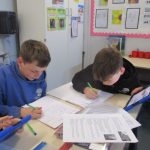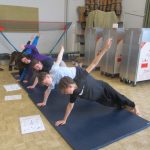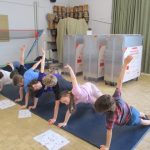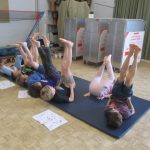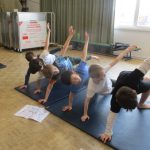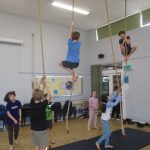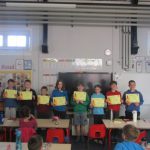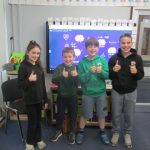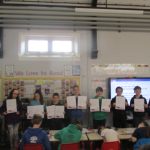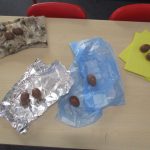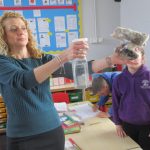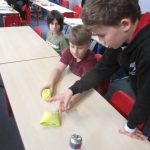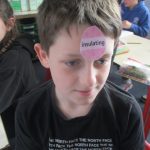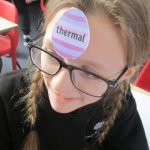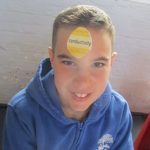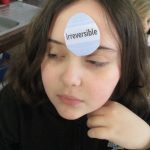This week, we introduced the class performance poem Night Mail by W.H. Auden. The children began by listening to and reading the poem, paying close attention to its rhythm, beat and structure. Together, we analysed its features, identifying how Auden uses repetition to create a sense of movement, much like the train itself. We also explored the use of figurative language to bring the journey of the mail train to life. To deepen their understanding, the children answered a range of comprehension questions, focusing on retrieval, vocabulary and inference. Building on their analysis, they then began incorporating actions into their reading, preparing to bring the poem to life with a dynamic performance next week.
In Maths, we focused on finding fractions of quantities and amounts. The children began by using bar models to visually represent fractions, helping them develop a conceptual understanding. Once they were confident with the visual method, we gradually moved to the abstract form, where they solved problems using calculations without the aid of diagrams.
In Geography, the children researched and made notes on Bishop’s Stortford and Little Hadham, exploring key aspects of these local areas. They gathered information on landmarks, historical sites and things to do, developing an understanding of their surroundings. Using their research, they designed and created colourful, informative leaflets, ensuring they were engaging and visually appealing.
This week in PE, we focused on performing movement sequences with synchronisation and control. The children explored progressions of inverted movements, using body tension to enhance stability and precision and adding their own movements to build unique sequences. Working safely in small groups, they demonstrated teamwork, determination and confidence while developing their skills.
Throughout the term, children worked hard to develop their gymnastics skills using apparatus. They explored symmetrical and asymmetrical balances, worked on rolls and shoulder stands and on progressions of inverted movements. They also focused on travelling actions using canon and synchronisation, ensuring rhythm and coordination. Using ropes and apparatus, they built upper body strength and balance while refining their climbing and landing techniques with control and confidence. Well done to all for persevering.
Also, well done to our incredible Year 5 runners and Maths Challenge finalists and participants! They tackled the cross-country course at Jobbers Wood and the HfL Year 5 Maths competition with grit, determination and fantastic team spirit. Whether racing or solving tricky problems, they showed resilience, perseverance and a true commitment to excellence.
We’ve had a cracking time in Year 5 this week as we explored which materials make the best wrapping for an Easter egg. It was an eggstraordinary opportunity to apply our learning about materials in a fun and practical way. We tested wool, plastic, foil, and sponge to see how well they protected against water and heat. Surprisingly, sponge came out on top for both heat and water resistance! We then discussed why foil is still the most popular choice—most likely because it’s cheaper and easier to mould around the egg.
While we were waiting for our results, we had great fun playing a science-themed version of Headbanz. With scientific vocabulary stuck to our foreheads, we had to ask our partners clever questions to figure out which word we had. It definitely scrambled our brains—in the best way!
Of course, no investigation would be complete without a taste test… and we were eggstremely happy to have a few spare eggs to enjoy at the end!

